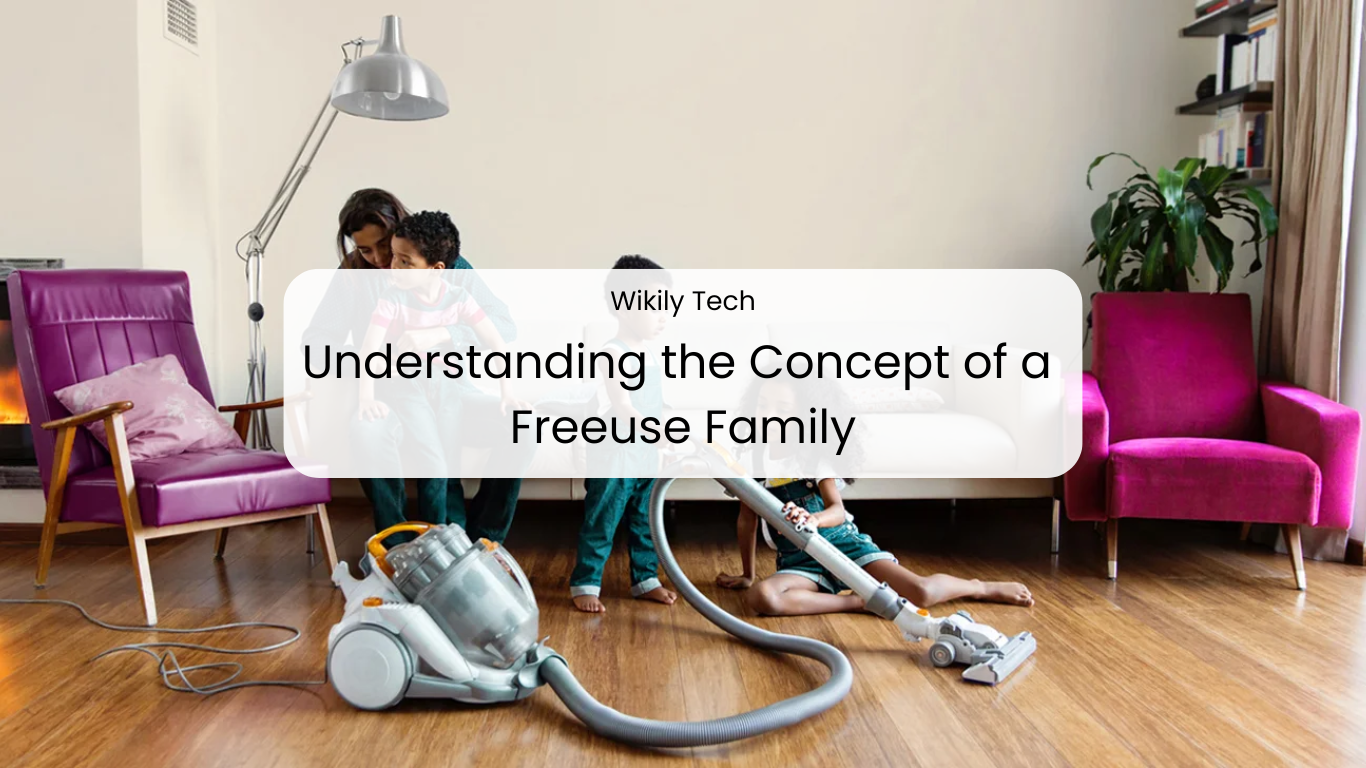The concept of a “freeuse family” often arises in discussions about household dynamics and responsibilities. It pertains to the notion that all things within the home are considered shared resources, available for any family member to use freely.
This can apply to physical items like books, tools, or food, as well as less tangible resources like time and space.
Contents [show]
Core Principles of a Freeuse Family
In a freeuse family, the basic idea is that everything from material possessions to time spent together is communal. This means that no single family member has exclusive rights over common resources.
For instance, a laptop in the home might be used by anyone who needs it, rather than being the personal property of one person.
2. Communication and Respect
Despite the open access to all resources, communication and respect are crucial. Family members must communicate their needs and schedule their use of shared items to avoid conflicts.
This system relies heavily on trust and the mutual respect of personal boundaries.
3. Flexibility and Adaptability
A freeuse family environment thrives on flexibility. Members are encouraged to adapt to the changing needs and circumstances of others in the household.
This adaptability helps maintain balance and ensures that everyone’s needs are met without strict regulations.
Benefits of a Freeuse Family
Adopting a freeuse policy in a family can lead to several benefits:
- Improved Sharing and Cooperation: It fosters a sense of unity and cooperation among family members, as everyone works together to manage the household.
- Reduced Conflict: By removing the sense of possession over items, it can reduce conflicts over who gets to use what and when.
- Enhanced Communication: The need for constant communication about the use of shared resources can improve interpersonal communication skills among family members.
Challenges of a Freeuse Family
While there are benefits, there are also challenges:
- Privacy Issues: With everything being shared, personal privacy can sometimes be compromised.
- Overuse of Resources: Some members might overuse resources, leaving less availability for others.
- Difficulty in Implementation: Establishing such a system requires significant changes in mindset and behavior, which can be challenging for some family members.
Steps to Implementing a Freeuse Family System
Step 1: Establish Clear Guidelines
Define what is meant by “free use” in your family. Decide which items are shared and set basic rules for their use.
Step 2: Foster Open Communication
Encourage family members to openly discuss their needs and expectations. Regular family meetings can be helpful.
Step 3: Respect Boundaries
Make sure that the personal boundaries of each family member are respected. Even in a shared environment, individuals need their own space and privacy.
Step 4: Monitor and Adjust
Regularly review how the system is working and make adjustments as needed. It’s important to be flexible and responsive to everyone’s needs.
Conclusion
The concept of a freeuse family offers an interesting approach to managing household dynamics. By emphasizing shared resources, respect, and open communication, it aims to create a more cooperative and harmonious living environment.
However, like any system, it requires careful implementation and ongoing management to ensure it meets the needs of all family members effectively.
